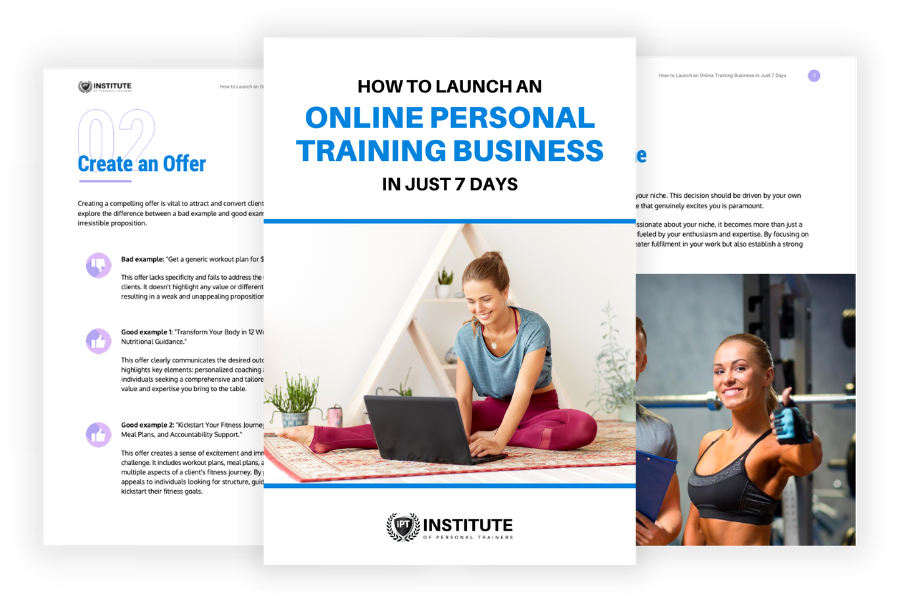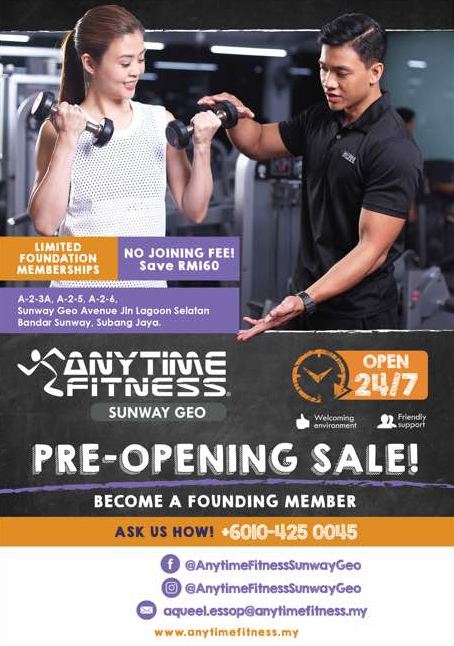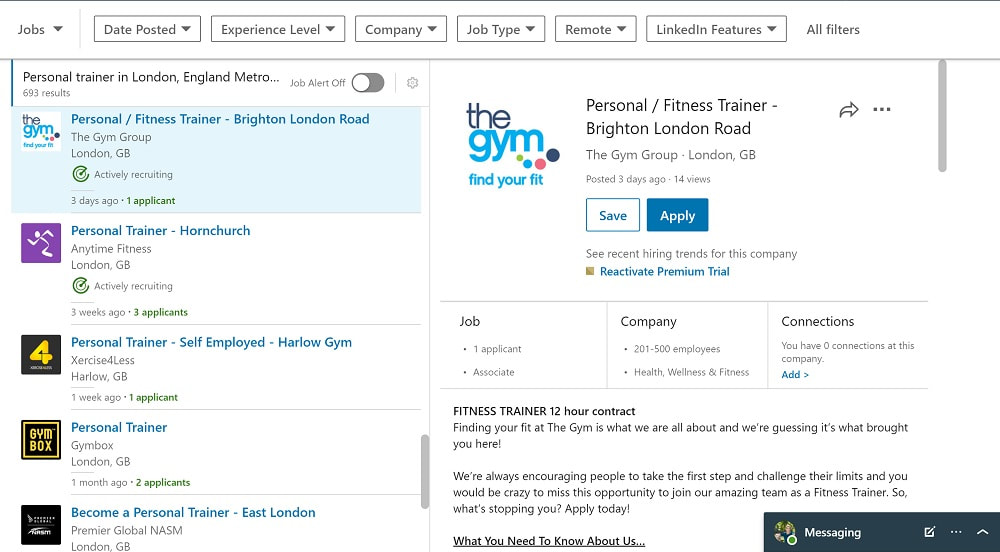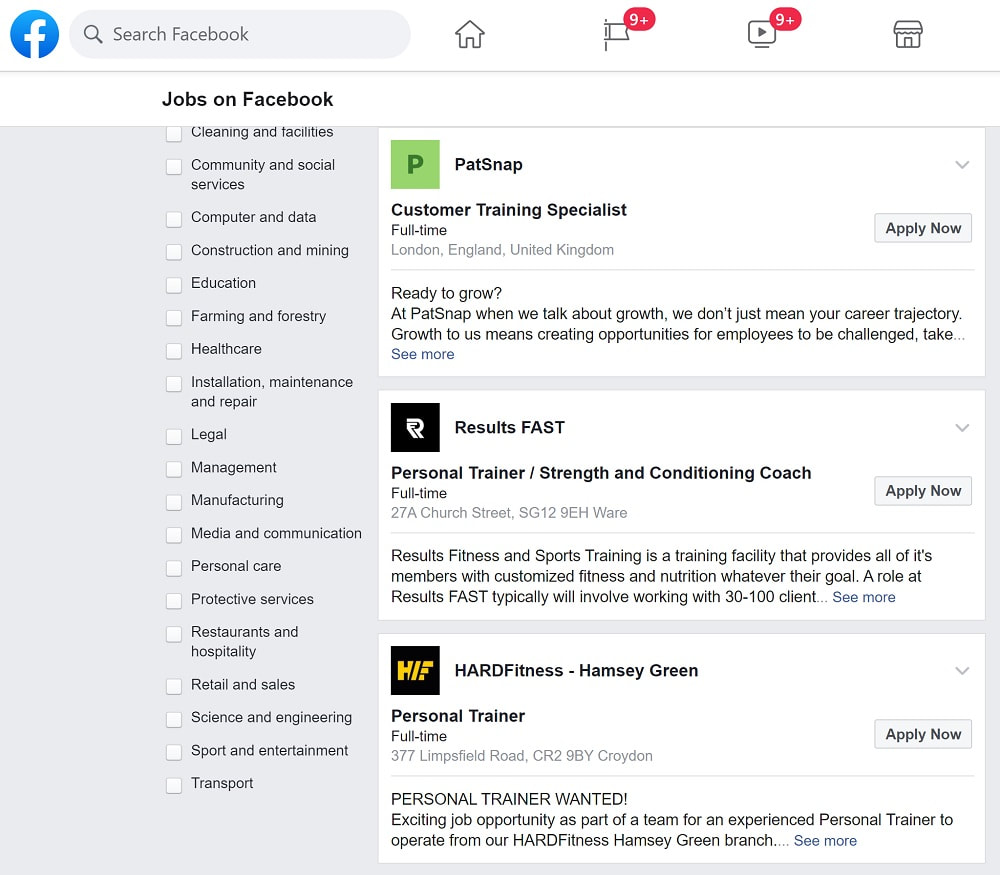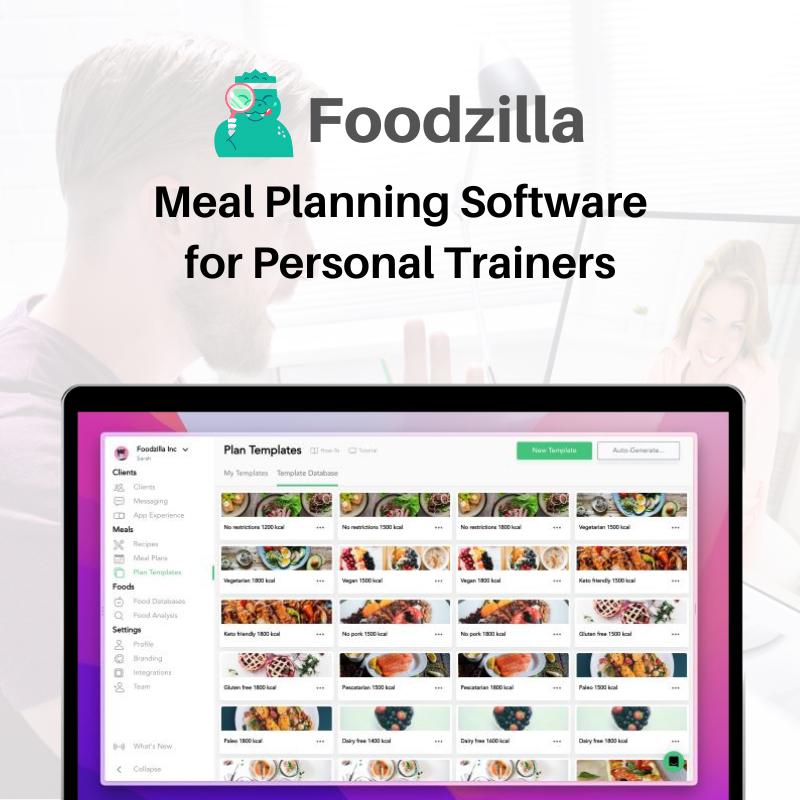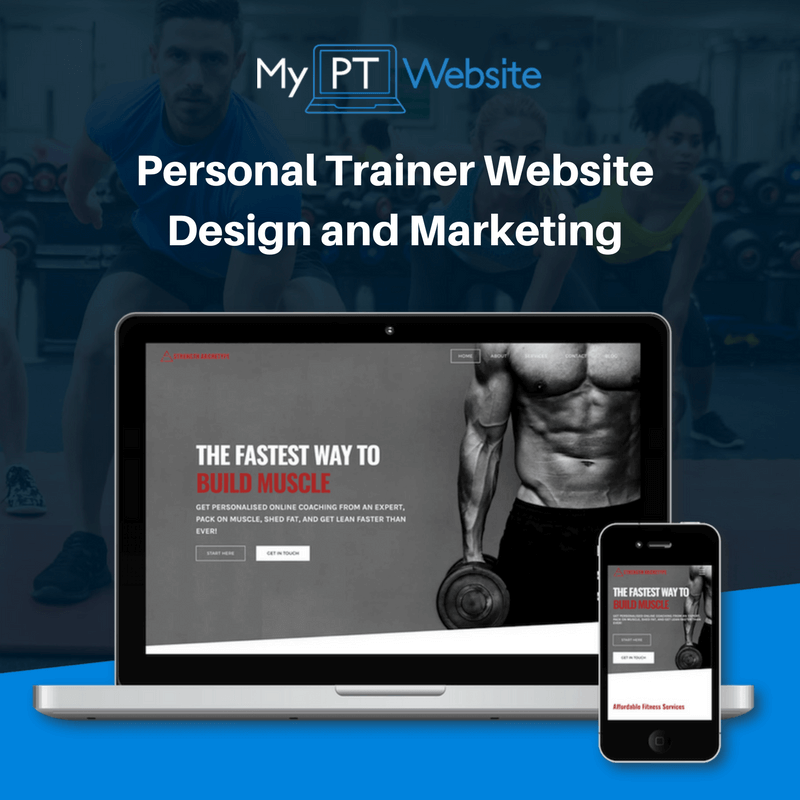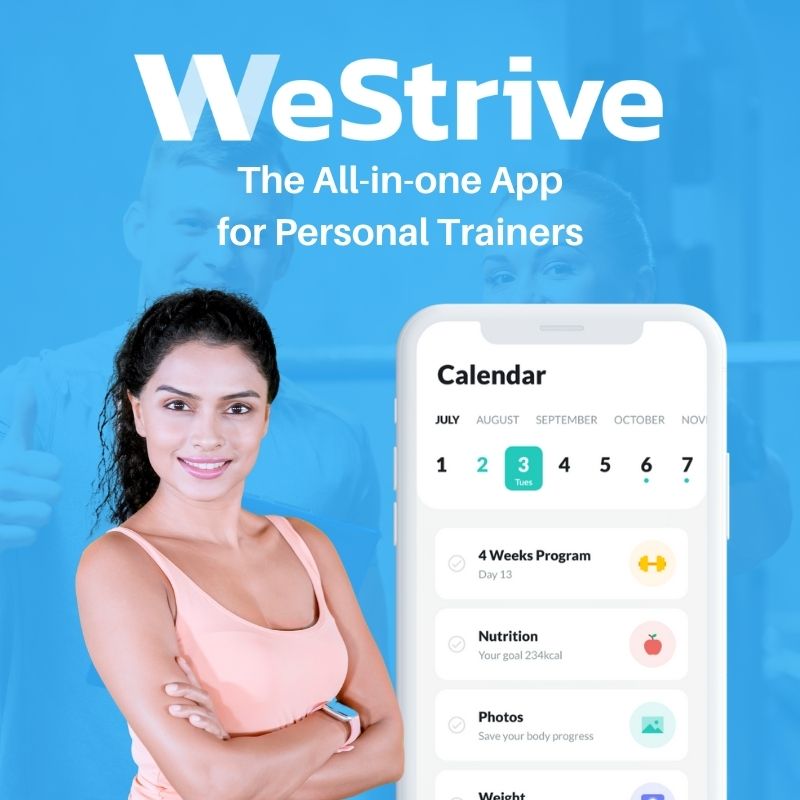|
FREE GUIDE: HOW TO LAUNCH AN ONLINE PERSONAL TRAINING BUSINESS
IN JUST 7 DAYS
✓ The new, better way of launching an online business
✓ The fastest way to create in irresistible offer ✓ A simple system to sell to clients who are interested |
|
It’s a common aspiration for personal trainers and fitness enthusiasts to one day open their open gym. This might be the perfect choice for you if you are passionate about helping others with their health and fitness, and aren’t afraid to work long hours in the pursuit of your goals. Owning your facility is very different from working in one, and there’s a lot to consider. In this article, we'll aim to bring together all aspects and considerations you need to consider before jumping into making your dream a reality. The fitness industry is definitely still growing and Europe is one of the biggest in fitness according to Statista. Here's the chart of the revenue of health clubs in European countries in 2017: You can see that Germany and the UK are leading the continent but that doesn't mean you shouldn't explore your opportunities if you live in other European countries. Let's see what it takes! Step 1. Get The Right CertificationsIf the goal is to train clients at your facility, you’ll need a level 3 personal training qualification at the very least. To take group classes, you’ll need a level 2 fitness instructor qualification. Depending on the type of facility you want to open, there may be more specific qualifications required for that niche. If your goal is also to hire staff members, you will need people management skills. You will need to be able to manage a team of people. And while these two requirements may not require specific certifications, it will undoubtedly take skill. If you’re new to owning a fitness facility or if you don’t have experience of managing a team of people, it could be an excellent place to start your professional development. Seek out management books, courses or fin a coach to help you understand what it takes to run a successful business, trust your team and delegate when needed. As the owner of the gym, it will also be your responsibility to make sure that all the staff at your facility are appropriately certified and insured. Step 2. Get Your Paperwork In OrderIn order to get financing, you will likely need a business plan in place that you can present to your bank (or whoever you’re asking for finance). You will also need to read up on all the laws and regulations of your country or state when it comes to opening a fitness facility. The United States of America The exact legalities change from state to state but can be researched for a given area on Small Business Administration’s Licenses and Permits Resource. Australia Specific rules are governing the opening of a leisure facility down under. Canada This article goes into the details, and financial considerations, for aspiring gym owners. United Kingdom Opening a gym is governed by Health and Safety at Work etc. Act 1974. The act is overseen by the Health and Safety Executive (HSE). You will also need to be aware of the Adventure Activities Licensing Regulations 2004, and The Management of Health and Safety at Work Regulations 1999. In short, there are some basic standards which have to be met:
Step 3. Consider the Cost Of Opening A GymYou will have two choices regarding financing the gym build; buying it outright (freehold) or renting the premises (leasehold). Getting a commercial mortgage to buy the property usually requires a good credit score and a deposit of at least 25%. Hence, most personal trainer business owners choose to rent the building as a leaseholder as there are fewer upfront costs. If you’re buying into a franchise, make sure you understand what you get for your investment. Do the company provide the premises too or only the gym equipment and support? This will dramatically affect how much it will cost to open the facility. The biggest attraction is probably the financial support you’ll receive. Franchisees will usually select a viable location, secure the premises, and provide the equipment. This is substantial financial support, with commercial gyms regularly costing upwards of £1m to set up, not including the on-going costs of maintaining, repairing and replacing equipment, music licensing and chasing outstanding debt from memberships. The franchise will provide business plans, procedures, policies, staff handbooks, even the advertising and marketing will be done on your behalf etc. so a large part of the admin will be handled for you. A drawback of the commercial franchise is that you’re working to someone else’s rules which can put limits on your business creativity. The name of the gym, the policies, and a proportion of your revenue (sometimes up to 20%) will go back to the franchisee, regardless of profits. It can also take a lot of time for the centralised franchise to confirm permitted spending on equipment, and that can delay updating the gym or repairing broken kit. Running a commercial gym independent of a franchise will preserve your right to make the decisions within the business. You’ll have total freedom to make the choices that you think are important inside your business and you won’t have to ask for permission from head office to spend money on what you think is a business priority. However, it will also mean taking on all the legal and financial responsibilities that go along with that. A peculiar example is CrossFit. They operate a hybrid model between a franchise (you pay a considerable annual fee to use the CrossFit name, and qualified CrossFit coaches must run classes). Still, unlike other franchises, they offer a completely independent model. Owners are free to run the facility any way they like and receive minimal restriction or support from head office. Having a solid business plan in place can help both to secure funding and not to waste money once your business is up and running. It helps to have a good grasp on your finances, setting up your business efficiently, and managing your business effectively. Most financing groups and landlords will want to see at least 2 years of tax returns and financial statements. Before starting your gym business, it’s a good idea to have at least 12-24 months of personal savings. Step 4. Find A Good Location Location is a crucial consideration, and a good rule of thumb is at least 70,000 people within a six-minute drive that can afford to sign up to a gym. This fundamental demographic data is available from local authorities, but often paying private companies a small fee can get more comprehensive information. Being clear on how many clients you want to serve will give you an idea of how much space you need to accommodate them.
Sometimes finding the right size building with the correct requirements in a good location can be the trickiest parts of the whole set up. Step 5. Pick A Niche (If You Want One)Regardless of the type of gym you open, you will need to consider the space available. You’ll need two separate changing facilities and toilets. You may want to offer showers and lockable areas. Gyms are usually in large, open plan buildings - often on the ground floor or with disabled access to upper floors. A “traditional gym” has a mix of strength and cardio equipment available. They may offer classes which are included in the membership or come at an extra fee. Your facility could have a sauna, steam room or swimming pool. These requirements will be essential when it comes time to find your location. These commercial gyms are sometimes independently owned, or more commonly a franchised “chain gym” such as Anytime Fitness or Snap Fitness. The primary benefit of owning a franchise is the considerable support you’ll receive from an established company. There is also a whole range of specialist gyms that you might consider. Perhaps you have a particular interest in a specific method of training and are qualified in coaching it yourself. Or maybe, through conducting market research in your local area, you’ve identified a need for a particular type of training facility, and you would employ specialist coaches instead. These are sometimes called studio gyms or boutique gyms. Usually, they offer one type of specialist class. Some examples could be a spin studio where the only equipment are spin bikes, a yoga studio, or specialist weight training facility, like powerlifting or Olympic lifting gym, and there’s a growing market in some cities for indoor rowing classes. The variety of services at these specialist gyms tend to vary based only on experience level as the class itself will always be in that particular niche. An example of this might be a martial arts class, where you might offer a variety of sessions based on age or experience level of your attendees. Medical fitness and wellness centres often have access to additional facilities that the members may need. This could include an on-site physiotherapist, doctors or nutritionists. These facilities both help people to prevent and to recover from health problems. The staff are often highly specialised and work closely with medical teams to provide the support the members need. Family fitness centres could include athletic or country clubs. They often have additional facilities on-site, such as golf courses, tennis courts, spa or massage options as well as traditional gym facilities. They are considered family centres as there are often clubs for children and teens, or inclusive fitness classes available for adults and seniors. These are a great way to include the whole family in a fitness regime. Step 6. Start Marketing Once you know what type of gym you’re opening, and who you will cater to, you are in a position to start marketing your new fitness facility. Promoting your gym in a place where your customers are spending their time will be an excellent way to connect with people who are likely to join. If you can afford to pay a professional team of marketers to do this for you, it can be a worthwhile investment. If you’re doing this yourself, know that it will take dedication, consistency and time. So you can start marketing the minute you secured the premises and have the keys, even if it takes some time before it's all set up and ready to open. Presales Presales is an excellent strategy if you'll be selling memberships or other monthly packages. You can start accepting pre-sales once you have a location and a rough idea when you’ll open. It doesn't have to be an exact date, but people will more likely invest when the opening is approaching, so starting it three months early or more is a good idea. Then you can double down on promotions in the 6-8 weeks coming up to opening day. These pre-sales are made at a discounted rate and or for a limited period because the members haven’t yet seen the facility and are going on trust (or the good name of the franchise). With enough pre-sale sign-ups, you can cover costs before opening the facility. It’s common to offer free guest passes, membership discounts, and other incentives for people to join before the gym has opened. Step 7. Purchase Or Rent EquipmentGym equipment can be hugely expensive, often upwards of tens of thousands for commercial use equipment. The benefit of renting equipment is that the upfront costs are reduced, but also that it will include the maintenance of the equipment - usually for 12 to 24 months. You may find that incredibly useful because often the maintenance call out charges can be substantial. You are also in a position to try the equipment out, and see how valuable it is to your members before committing to a purchase. The benefit of purchasing the equipment is that you will own it. There are no ongoing ownership costs. The drawback is that with this ownership comes the responsibility of maintaining and replacing the equipment yourself. Step 8. Hire Your Team You can start advertising for job roles at the same time as starting to market your facility if you already know you won't be going alone. Finding talent with the right skills, work ethic and approach to people's fitness takes time, so make sure you allow enough time to find the right people, so you don't need to choose in a rush. If you find the early, even better, they can help you with all the tasks around getting your gym ready for opening, you can involve them in some of the decisions and organise team training BEFORE the opening day. You will always find it harder after to organise professional development workshops and team meetings that everybody can attend. If you’re running a small facility, you might want to do the jobs around the gym yourself - at least at first. However, this can quickly become difficult and leaves very little time for the “big picture” running of the gym. A small gym might need 2 or 3 employees. Once you decide to hire a team, you might want to consider many scenarios and aspects of working with a group of trainers. Questions you might ask yourself can include:
Making sure that your team understands the culture of your gym will be necessary. Creating the right atmosphere for your members will be vital in standing out as a gym in your area. Essentially, keeping your team happy will keep your members happy too, so ensure you set the rules and boundaries from the get-go, so the trainers have a clear idea of what the deal is and glad to abide. Step 9. How to Get More Clients Marketing to your first clients will likely begin once you have a clear understanding of who your audience will be. Creating your ideal client's profile will help you to understand what marketing strategies you need to employ to reach them. Using the people that have already bought into the gym, you might use a referral system to grow those customers into further leads. Inviting your members to bring a friend with them to train, or offer some free training passes for them to share with their friends is an excellent way to market to a new audience. Finally, using local marketing strategies to speak to people in the immediate geographical area is effective. Connecting with local businesses, and local media outlets (newspapers, radio stations, flyers, and billboards) are all effective ways to communicate with potential customers. Conclusion Owning and operating your gym facility is a dream of many exercise professionals. Having a clear idea of what you would like your facility to be like, what services you’ll provide, who your customers are likely to be will be vital in writing a clear and compelling business plan.
|
Our All In One Platform
Check out out all in one business & marketing platform for personal trainers!
WEBSITE BUILDER | FUNNELS |MEMBERSHIPS | SCHEDULING| EMAIL MARKETING| PAYMENTS| CRM | AI ASSISTANT | SURVEYS
Popular Articles
Trusted Partners
We work closely with some of the best service providers in the fitness industry.
Categories
All
|

